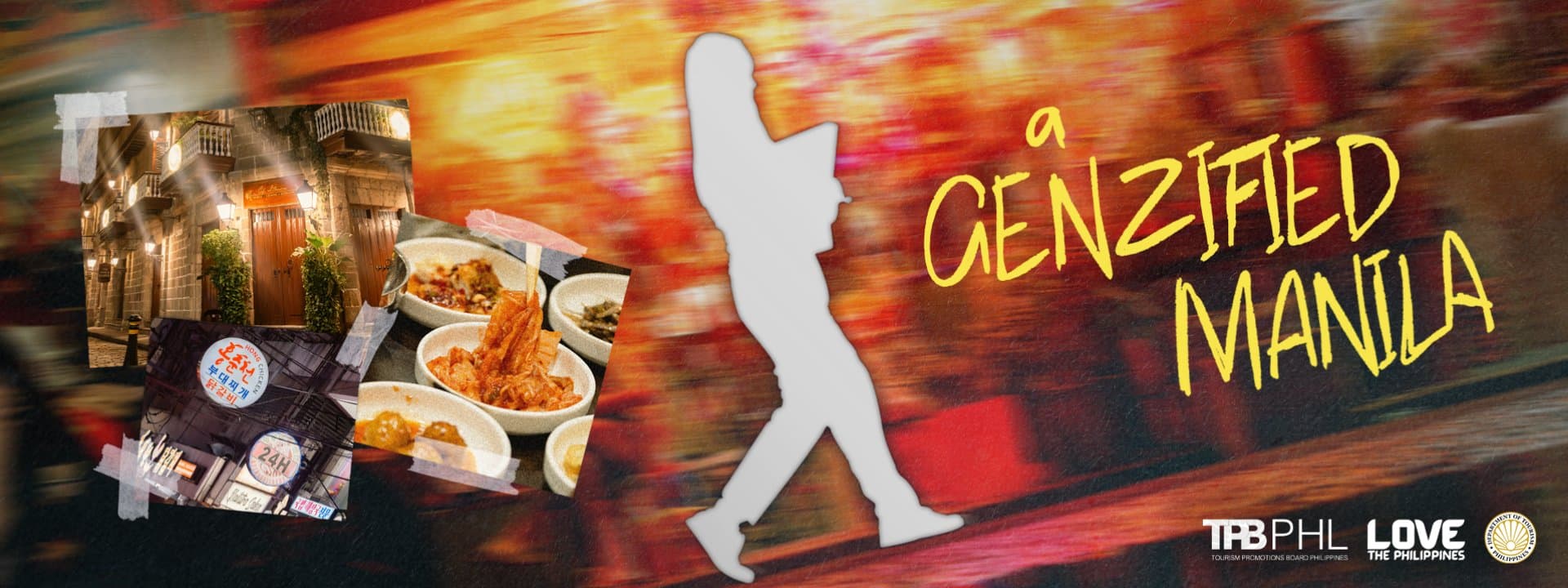WHENEVER a place exudes tantalizing aesthetics and cultural significance, there seems to be one group of people that is always at the forefront to capture it: Generation Z.
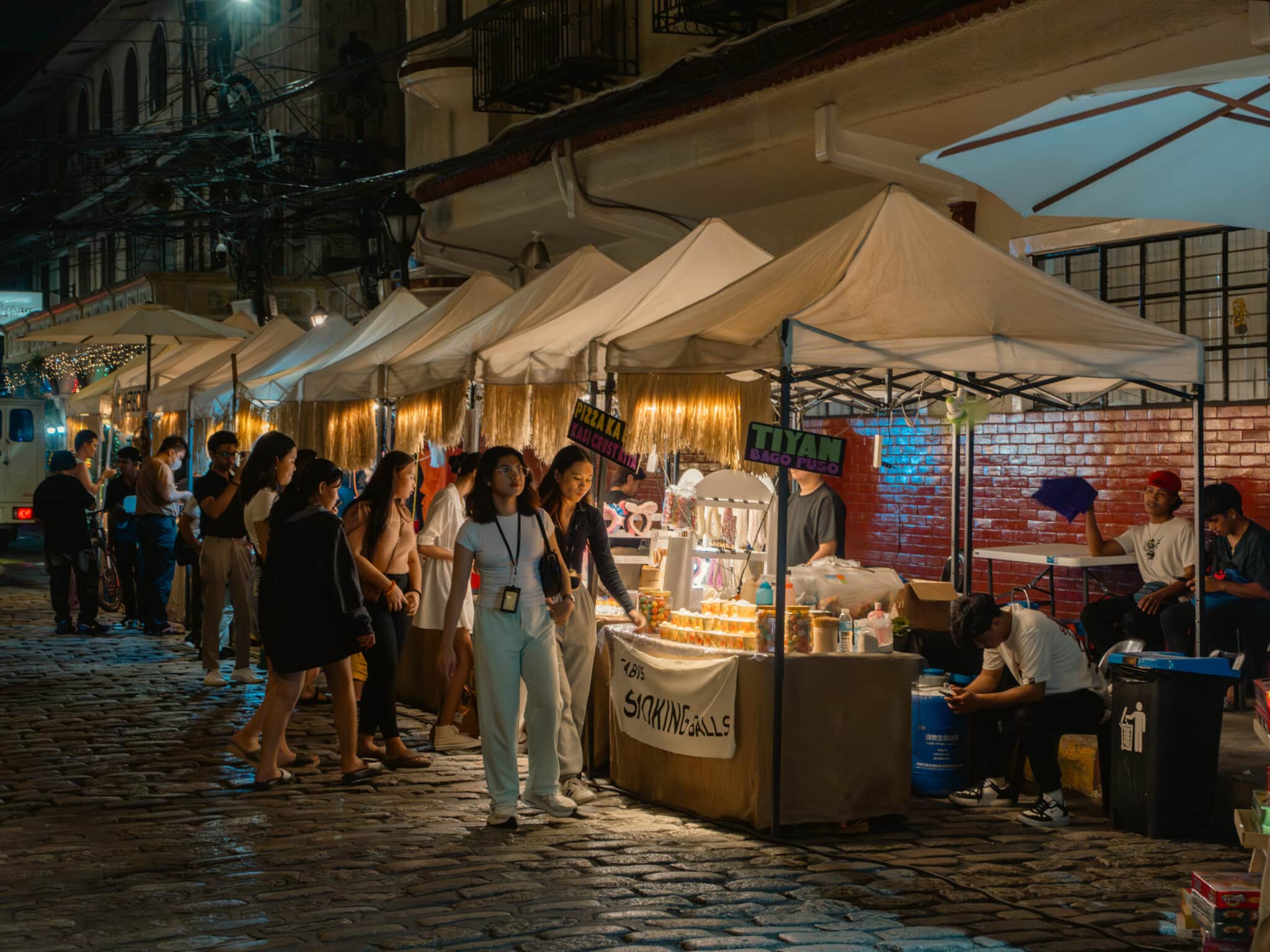
Born between 1997 and 2012, these young people have been known for going around places like nomads, aiming at discovering spaces packed with one-of-a-kind adornments.
With Manila being the center of tourism and commerce in the Philippines, various sites in the capital city are expected to become a ‘GenZified space’—a place where Gen Zs often visit for entertainment or aesthetic adventures.
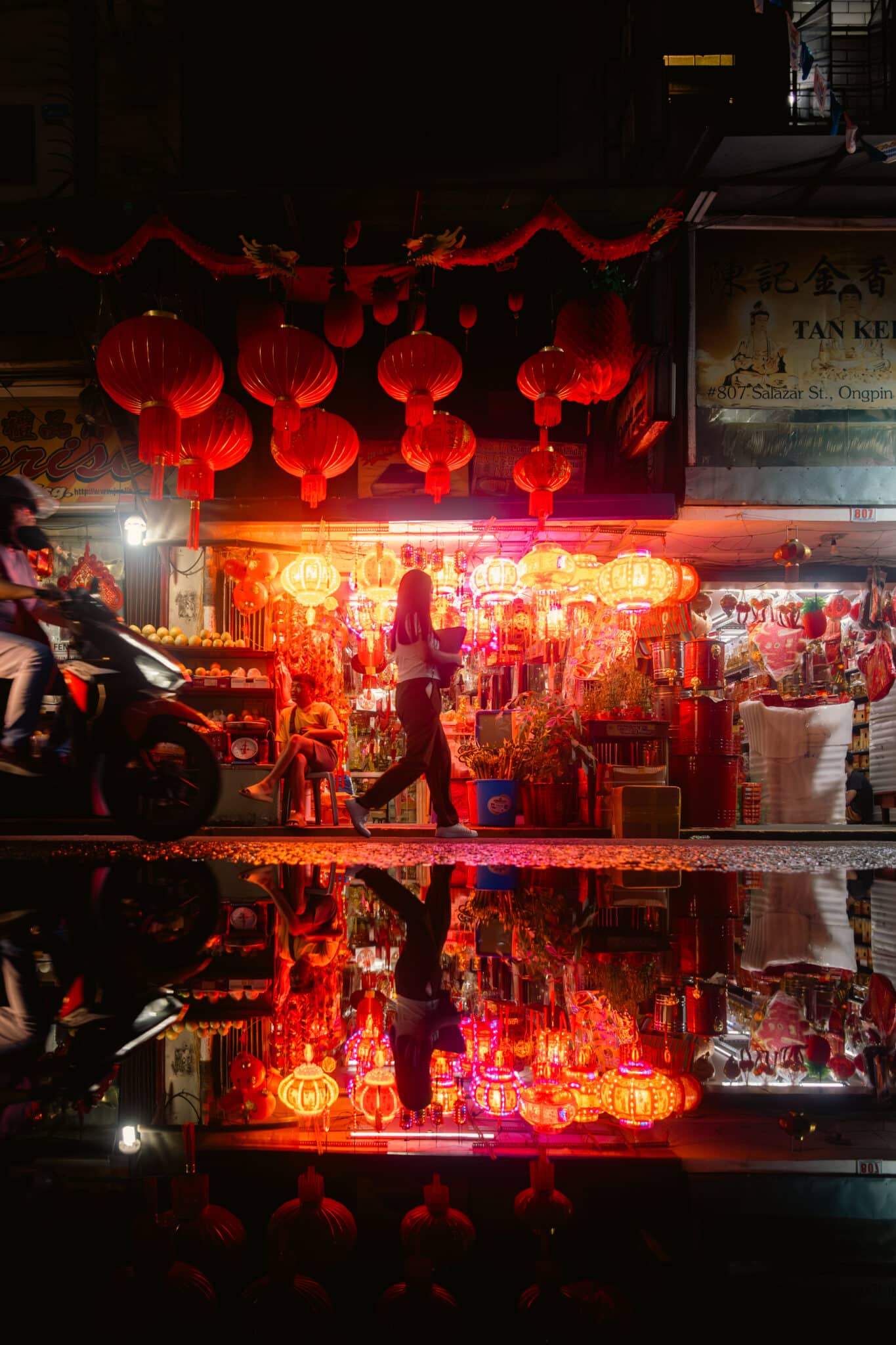
The rising influence of Gen Z in promoting and enlivening cultural and key sites in Manila has become remarkable, especially during this holiday season, when people across the country and even the world have begun flocking to the busy streets of the capital to feel the vibe of Christmas and experience what the city has to offer.
From Binondo to Malate, the historic city of Manila has become a perfect hub for Gen Z’s thirst for IG-worthy aesthetics and innate curiosity for things.
Binondo: the world’s oldest Chinatown
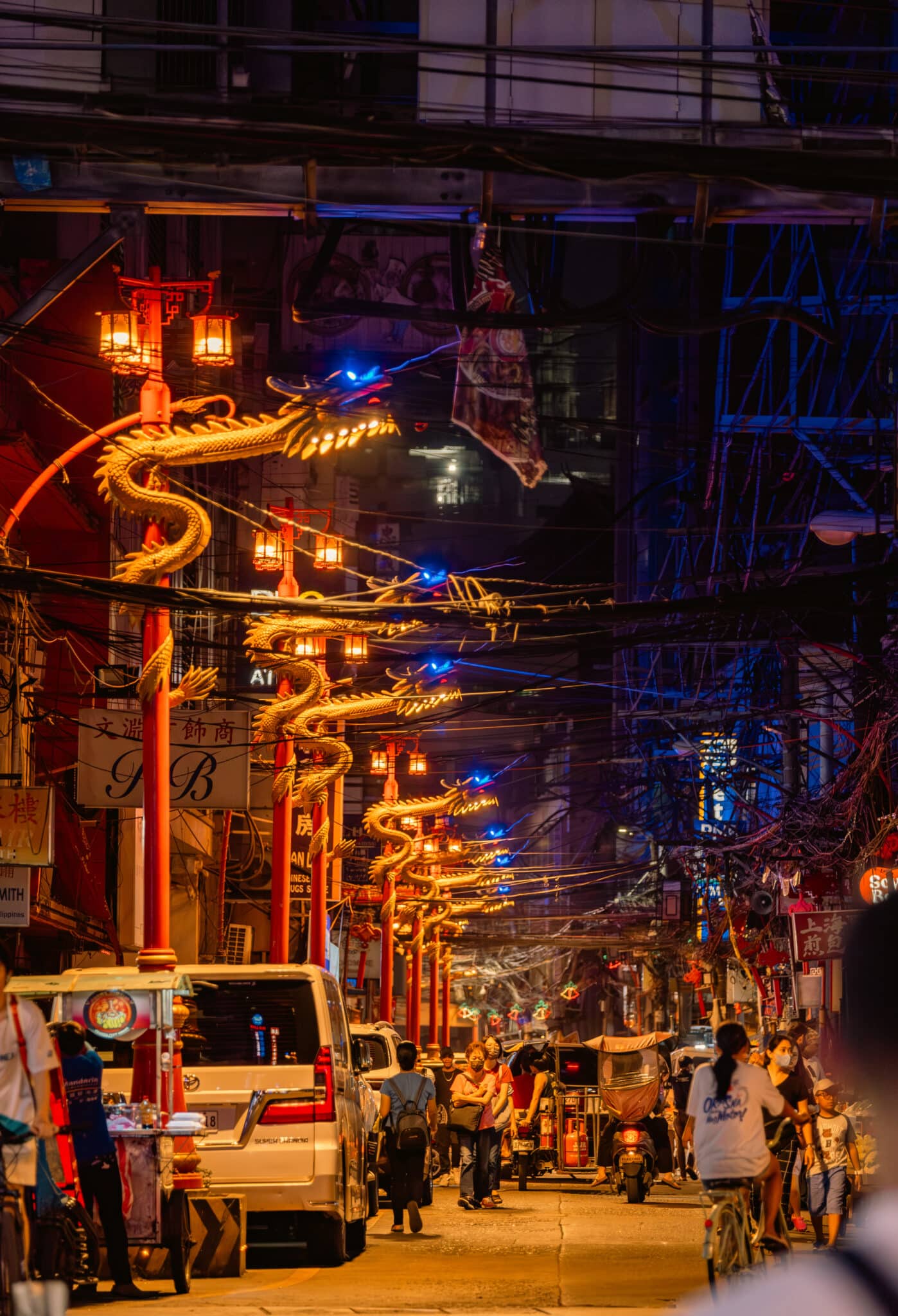
Chinese influence is undeniably present everywhere, transporting its complex, wonderful culture all over the world.
In Manila, one place has been famous for being the oldest Chinatown in the world—Binondo.
Located across the Pasig River, Manila’s Chinatown was founded in 1594 to serve as a permanent settlement for Chinese-Catholic immigrants.
Two years after its establishment, the Dominican Friars built the Binondo Church to further its mission of converting Chinese to Catholicism.
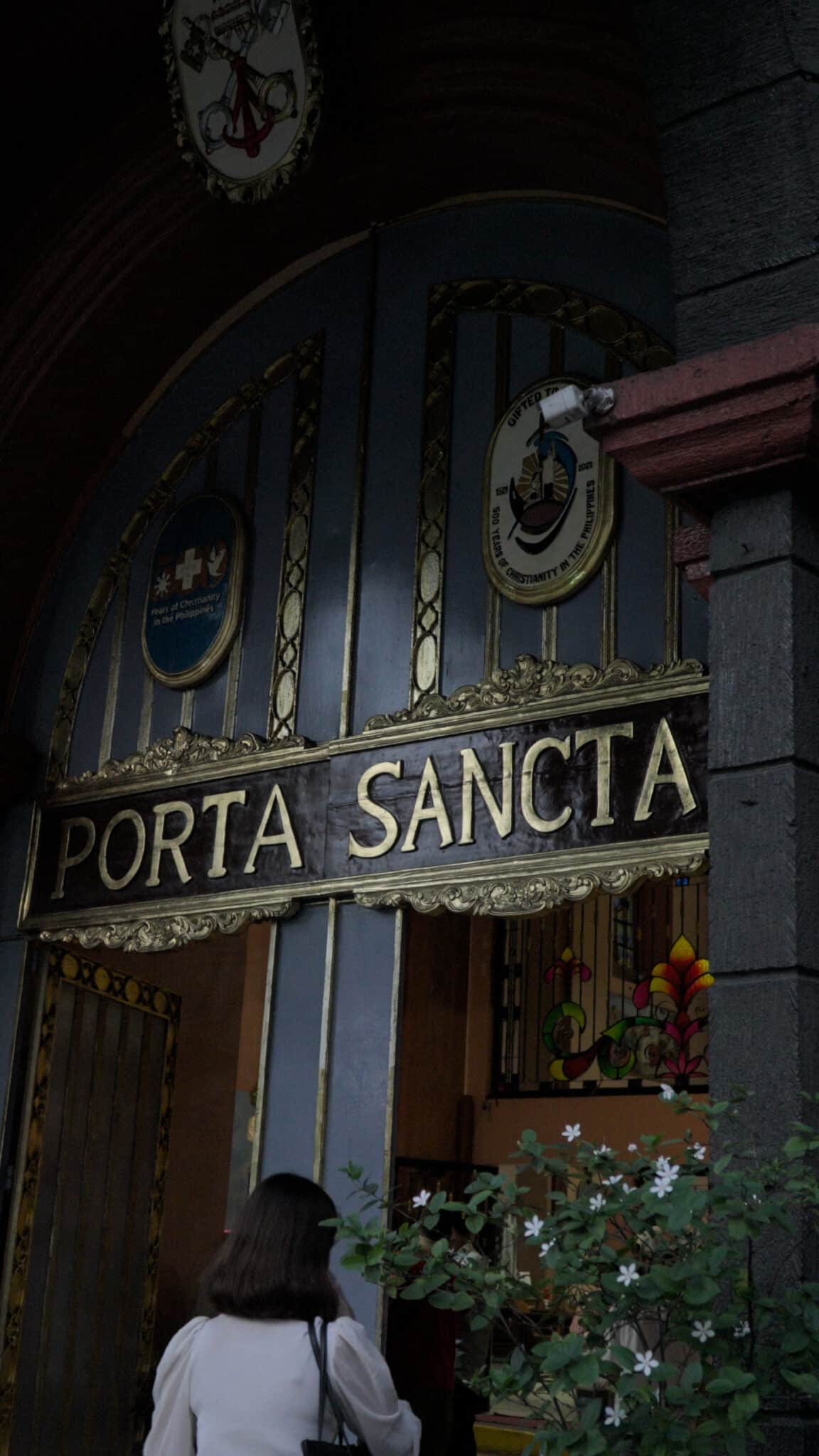
The church was once home to Lorenzo Ruiz, the Philippines’ first saint. Masses here are held in Mandarin and Hokkien, as well as Filipino and English.
Today, the church has remained one of the main attractions of Binondo for all generations, especially Generation Z.
But why is Binondo so popular with Generation Z?
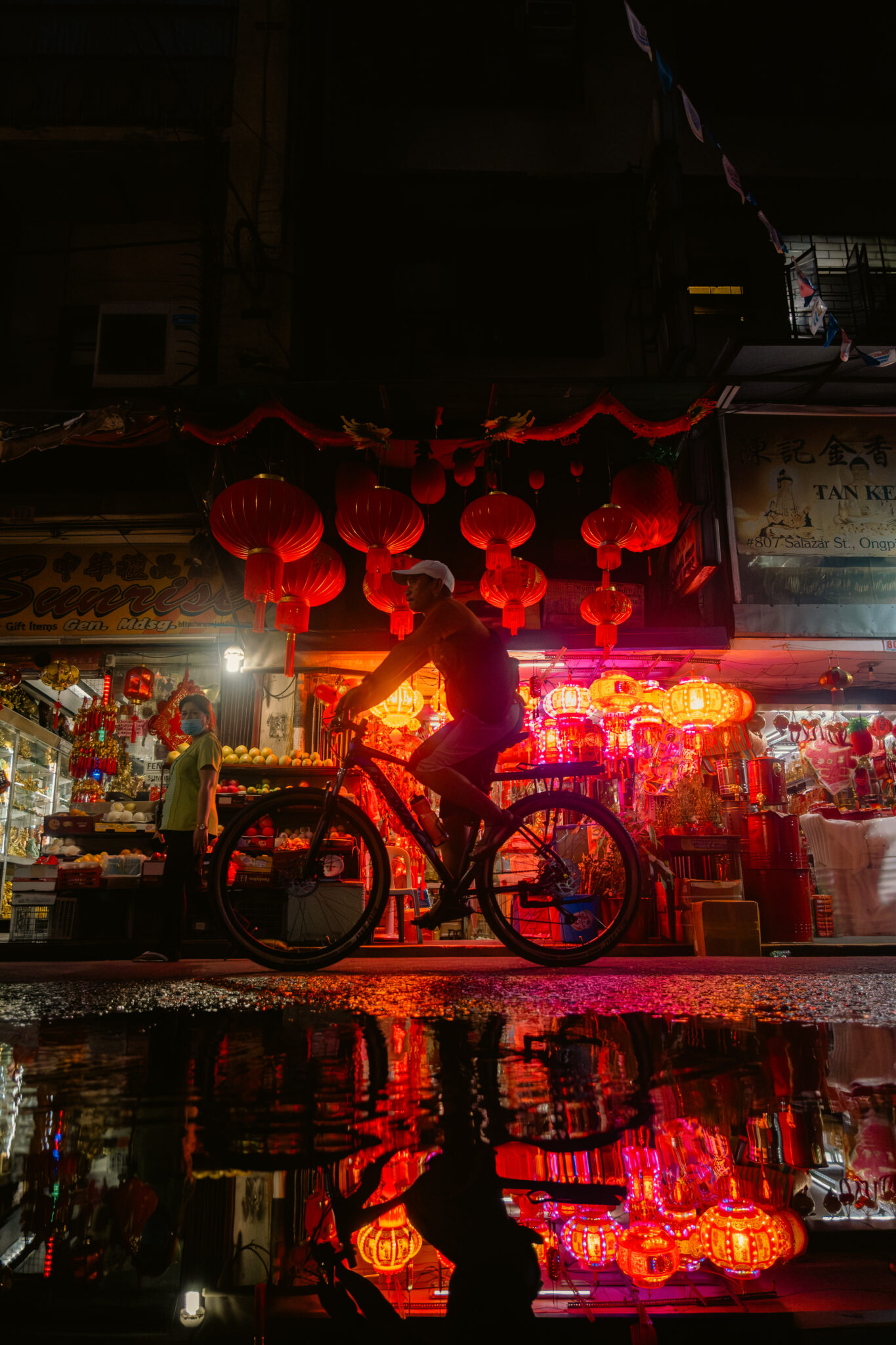
For Danielle Ulanday, 26, the place is perfect for taking pictures as every corner of Binondo is IG-worthy.
It was also the same case for 28-year-old Alexandra Nicole Zaide, a young millennial but a Gen Z by heart. She underscored how Binondo is a haven for Gen Zs due to its relaxing ambiance and authentic Chinese cuisine.
But more than just the aesthetics, the two reiterated the historical significance of the place, which added to its appeal among the Gen Z people.
A quick tour of the oldest Chinatown would make one finally understand the craze that Gen Z has towards the place.
Once you enter the lively streets of Binondo, a stunning Chinatown arch located near the foot of the Jones Bridge will greet you. It is said to be the world’s largest Chinatown arch at 63.8 feet high and 74 feet wide.
Inside Chinatown, a street known as the city’s Chinese hideaway is located. Ongpin Street is famous for selling mouthwatering Chinese cuisine, including the tourist-favorite dimsum, hopia, xiao long bao, and toasted siopao.
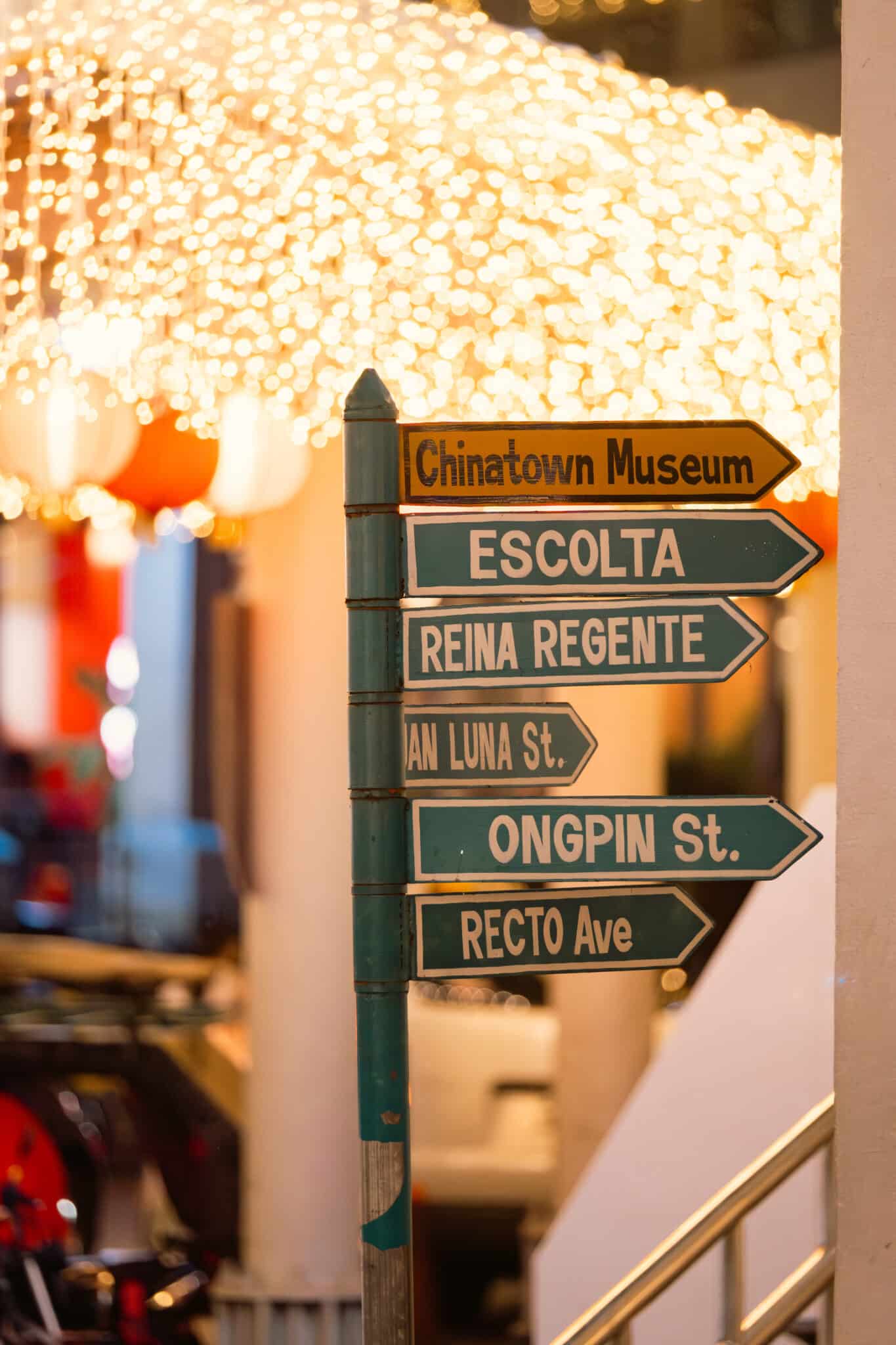
The streets of Ongpin are narrow yet packed with various Chinese restaurants and herbal shops. Among them are the famous Binondo Estero restaurants.
These restaurants offer exotic food, including deep-fried frogs, adobong palaka, and various Filipino-Chinese cuisine.
The name ‘estero’ is coined by many locals to refer to the location of the fast food restaurants, which are situated next to a creek or river.
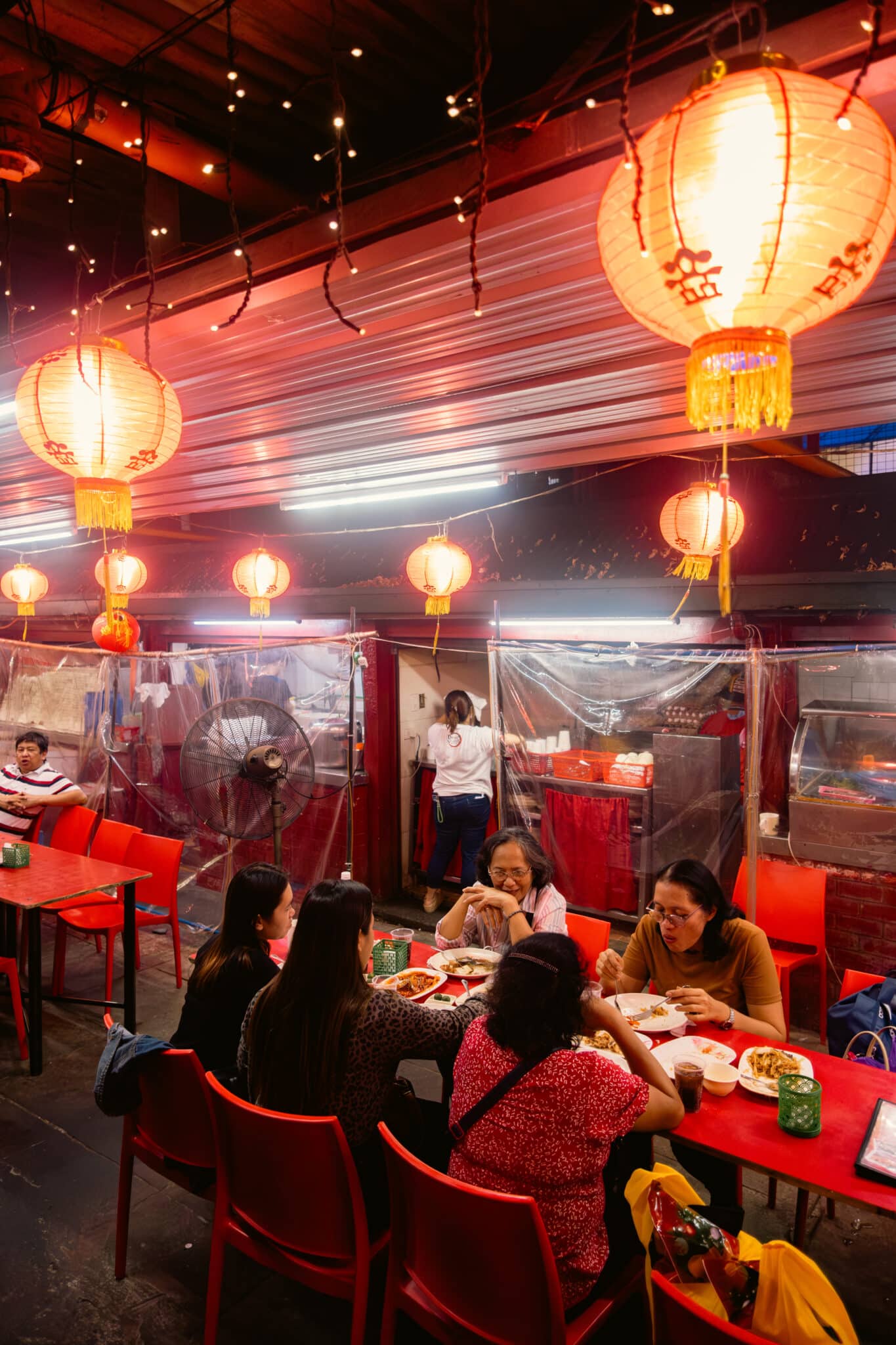
Aside from the food, Binondo is also famous for its Chinese lucky charms.
With Gen Zs being attracted to horoscopes and fortune-telling activities online, the stunning display of lucky knots, bagua mirrors, jade charms, and gold coins in every corner of Binondo seems attractive to these young people.
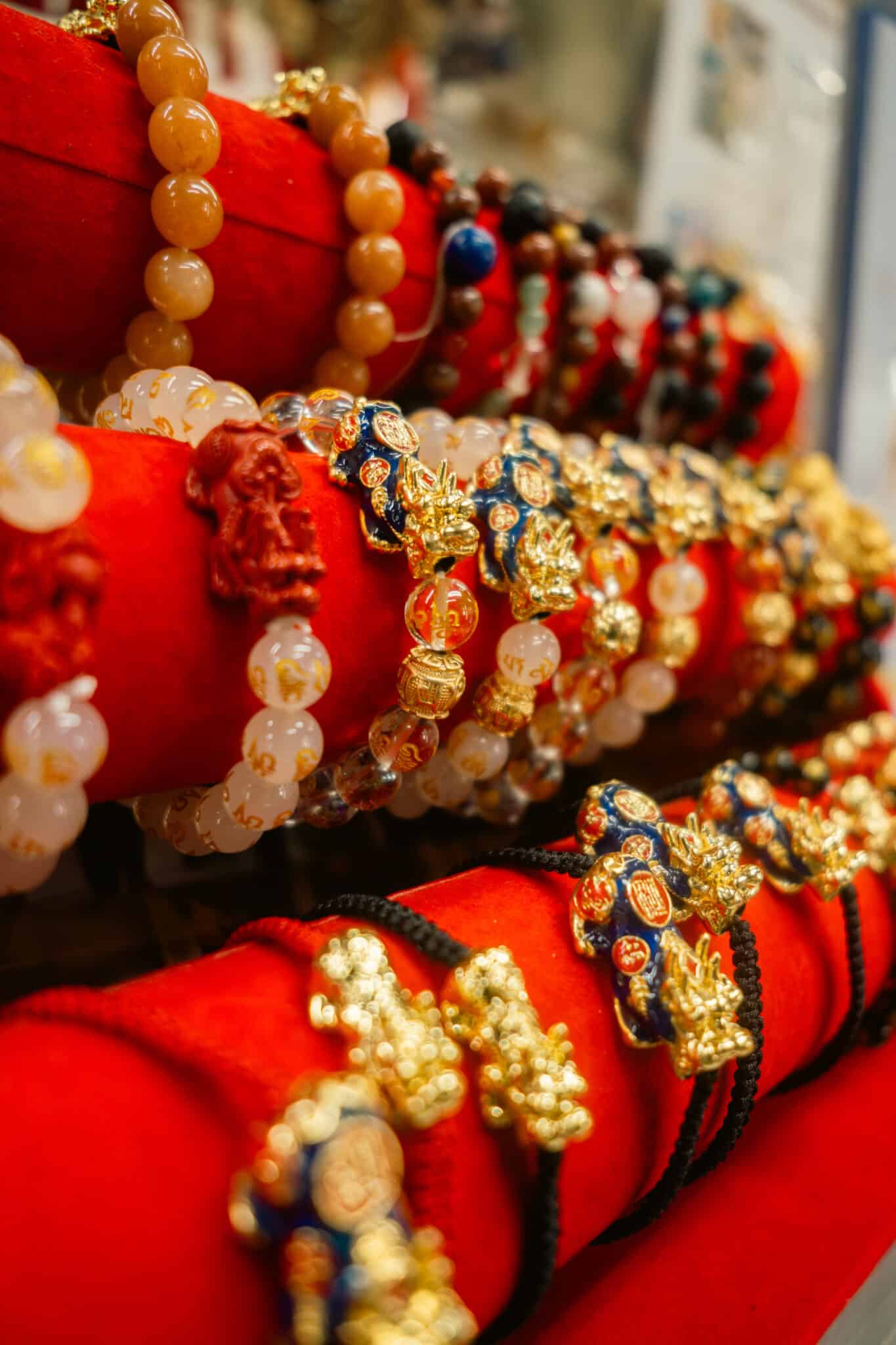
Lucky Chinatown, the first full-scale lifestyle mall in Binondo, is also a tourist attraction for many people along Reina Regente Street.
The mall differs from other malls in the country as it is designed to capture a blend of Chinese influences, Manila history, and modern shopping.
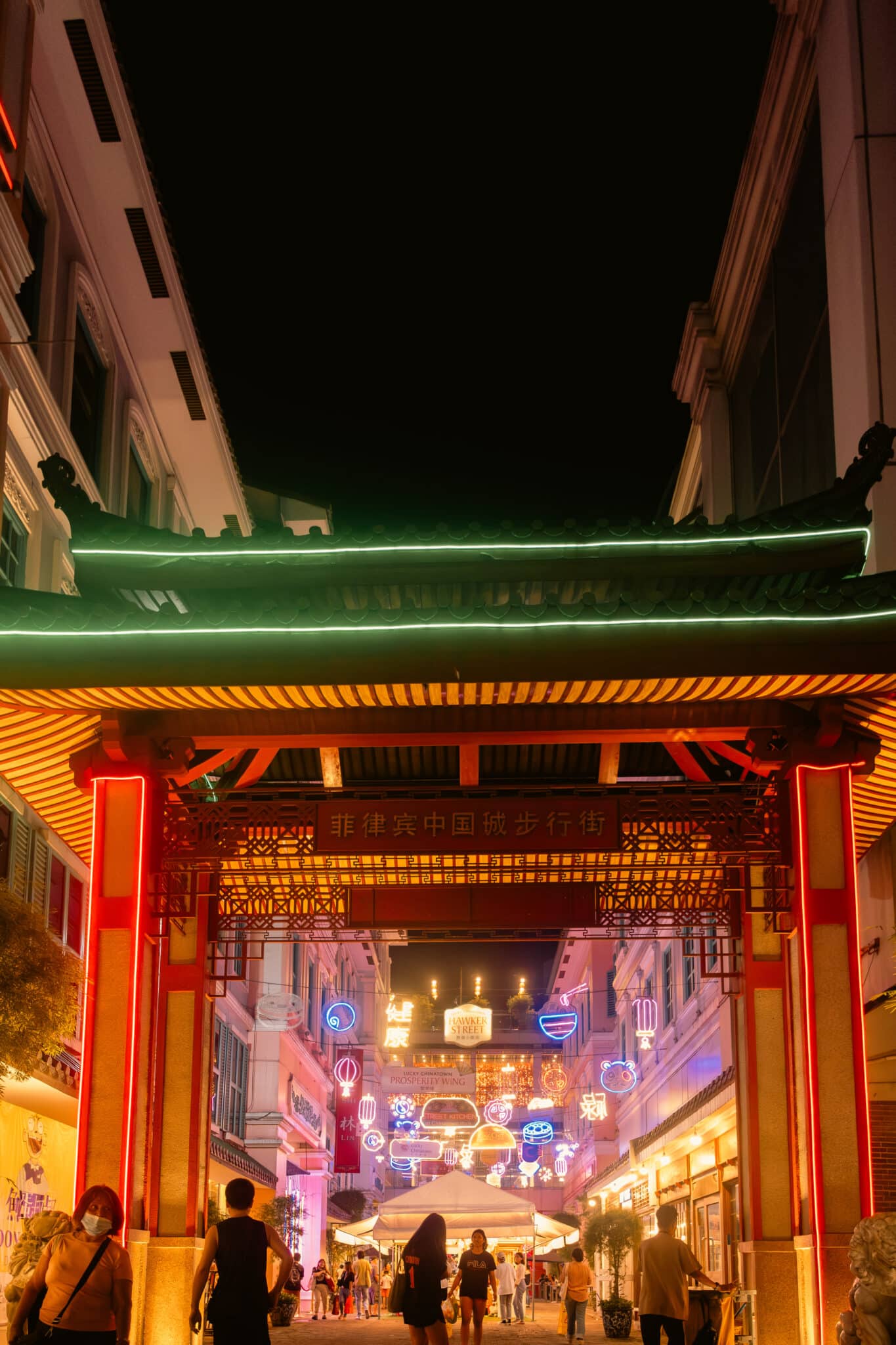
At the center of the mall stands a big Christmas tree perfect for photo taking and a narrow market alleys adorned with Chinese lanterns called Chinatown Walk, where one can buy Filipino-Chinese foods.
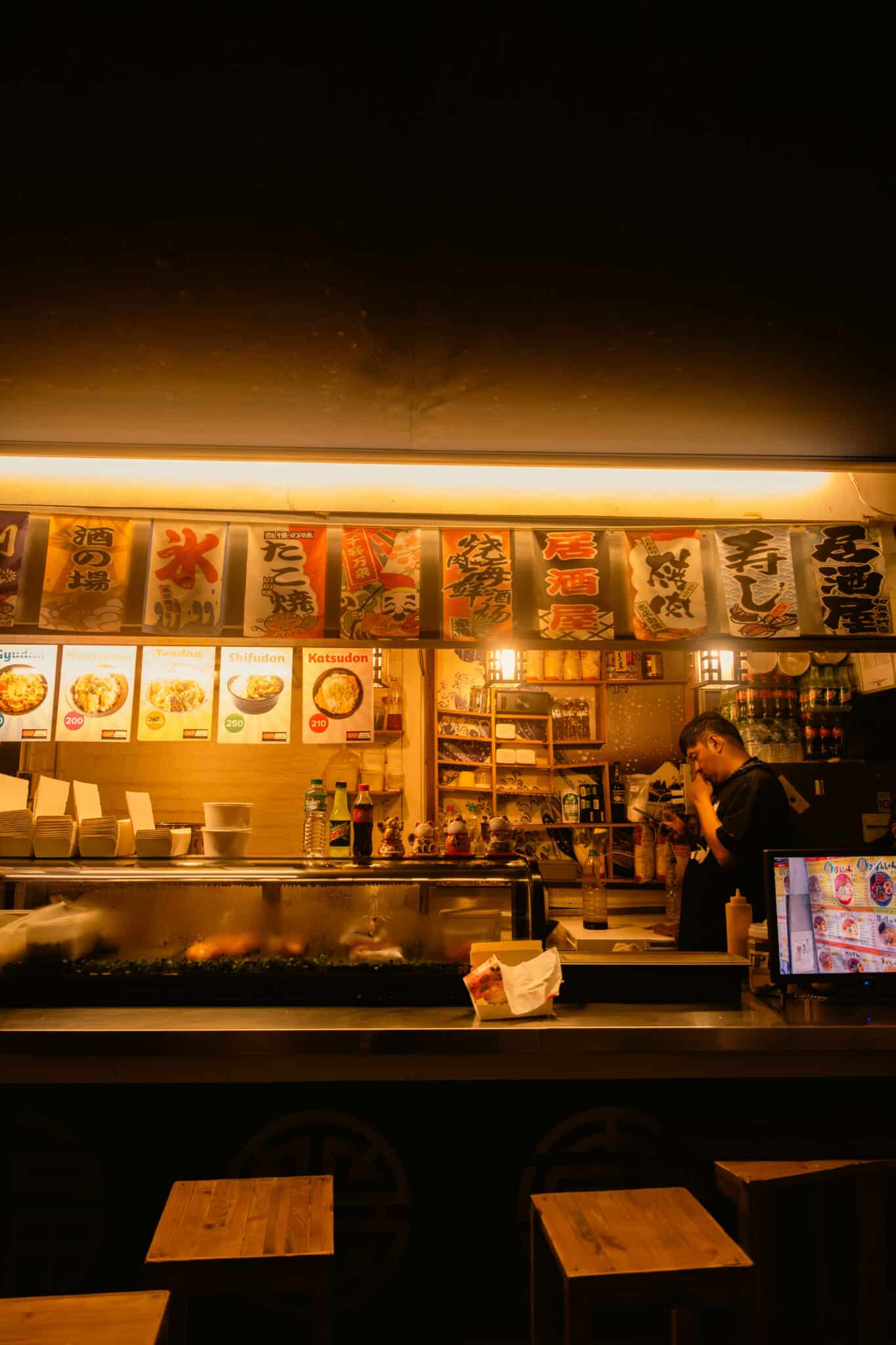
Intramuros: hidden gems in the walls
Across Binondo and south of Pasig River situated a historic walled city housing various key historical sites from the colonial period—Intramuros.
While the area is known for being the most visited tourist destination in the Philippines, it is also an educational and religious center.
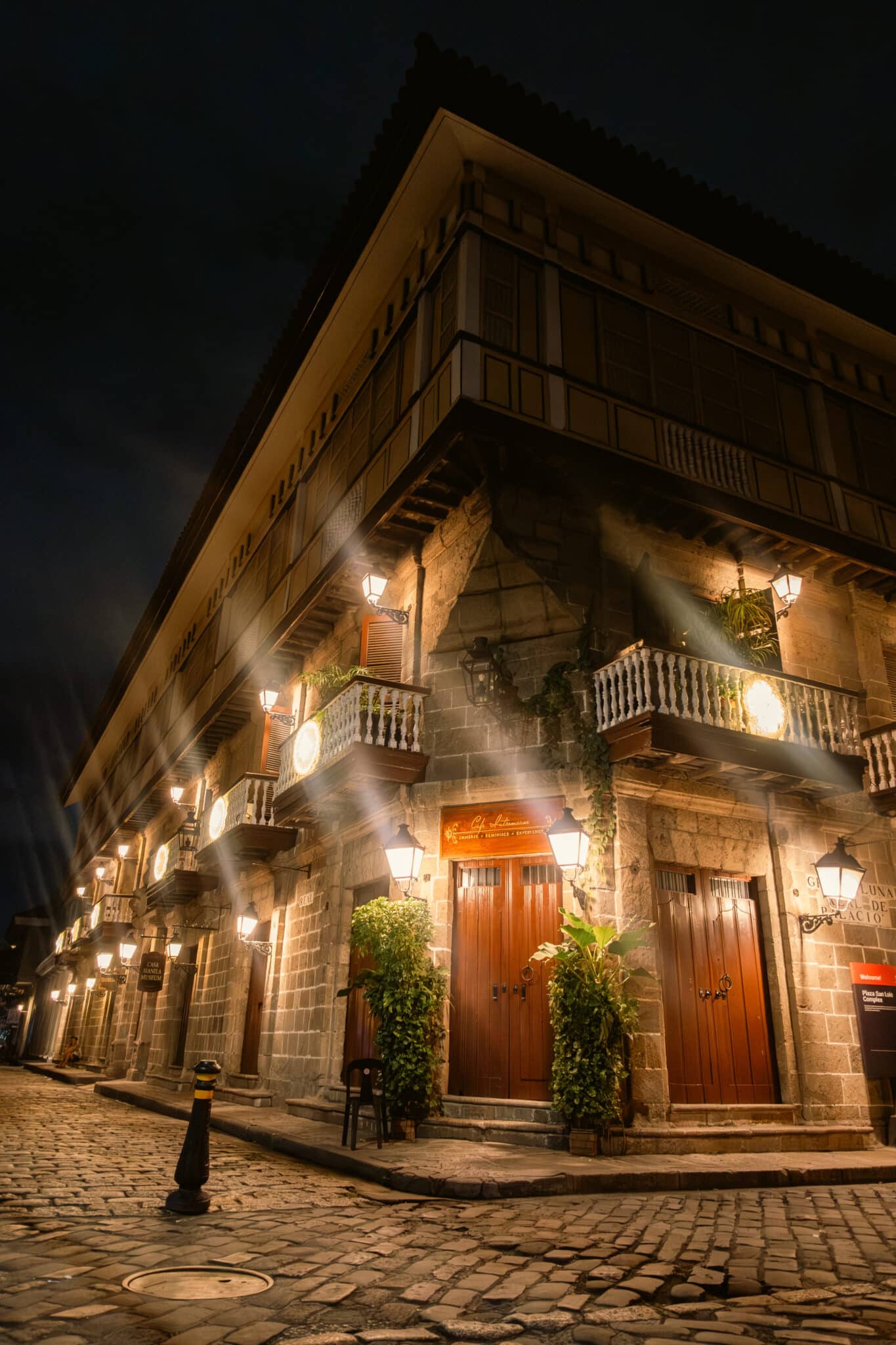
The city is home to many known universities in the country, such as Colegio de San Juan de Letrán, Mapúa University, Pamantasan ng Lungsod ng Maynila, Colegio de Santa Rosa, and Manila High School. The original campuses of the University of Santo Tomas and Ateneo de Manila University were also previously located in the area.
No wonder why many Gen Zs are often found within the walled city. But more than just attending schools, these young people often take a tour of the area to experience its majestic beauty and holy ambiance.
The start of simbang gabi on December 15 prompted many young people to visit Intramuros. Among the most visited churches are San Agustin Church and Manila Cathedral.
Known as the oldest standing church in the country, San Agustin Church has withstood many historical tragedies of the world, including World War II and the 1896 Philippine Revolution.
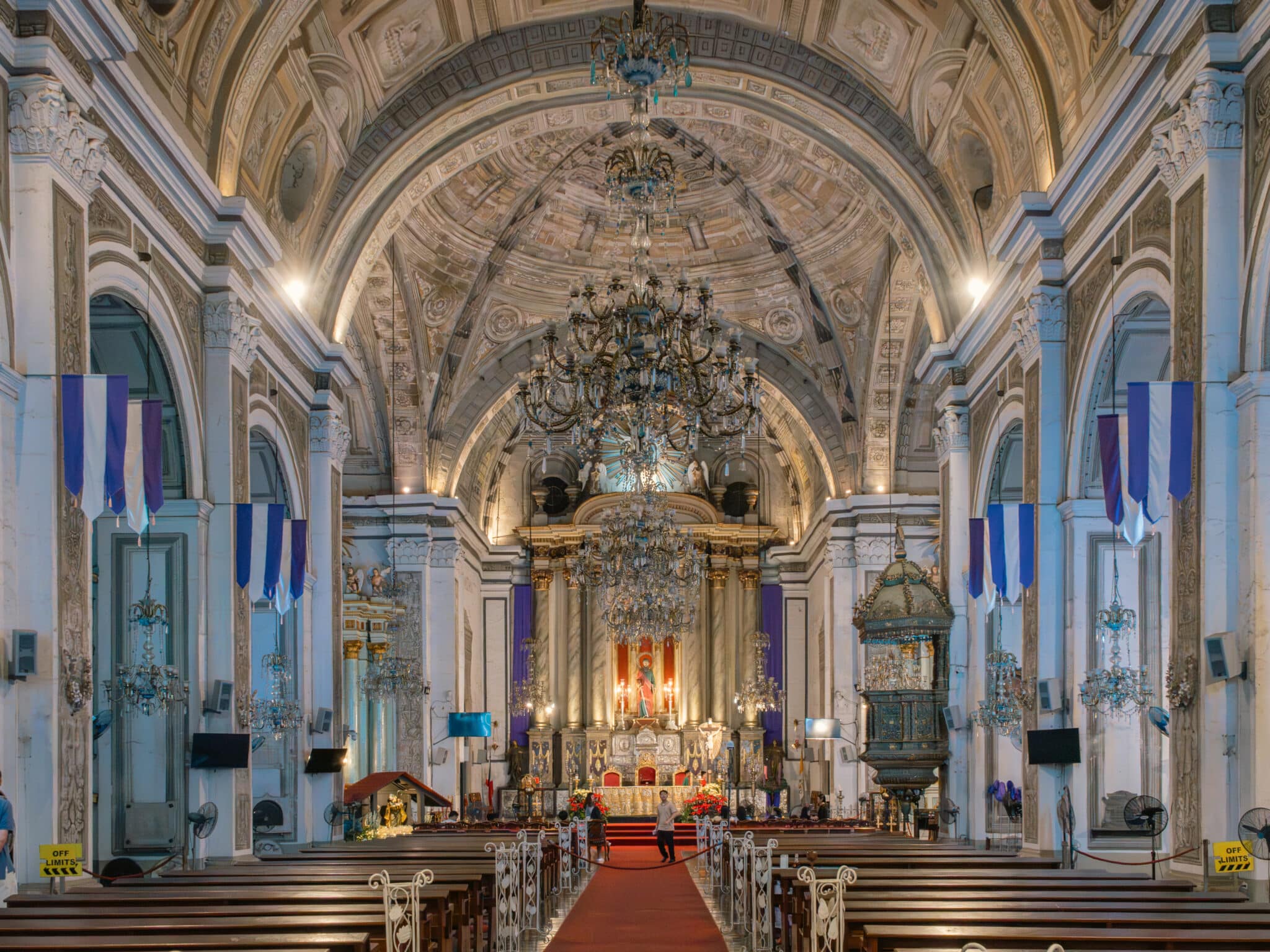
Adorned in a Baroque architectural style, the church has become famous for wedding ceremonies, earning its title of ‘Wedding Capital of the Philippines.’
Adjacent to the church stands the San Agustin Museum, packed with hundreds of historical sculptures, and artifacts, and a lone cafe for San Agustin seminarians.
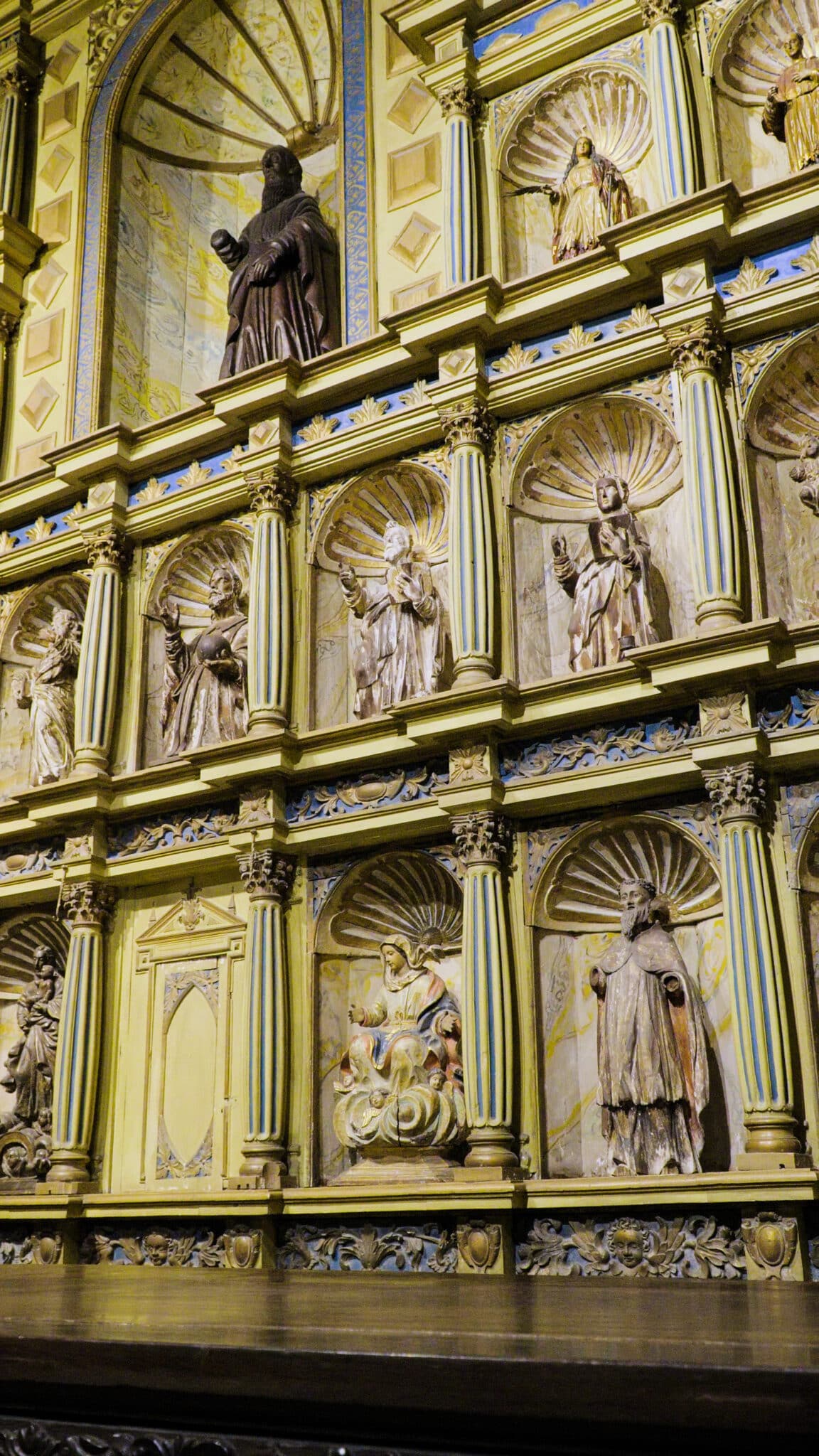
A quick visit to the museum is almost tantamount to seeing the entire history of Philippine Catholicism in the country through monuments and documents.
Right in front of the church, an ongoing bazaar keeps the street of Intramuros’ Mercadillo busy. The bazaar offers various Filipino delicacies perfect for a post-simbang gabi food trip and body accessories made from gems and shells.
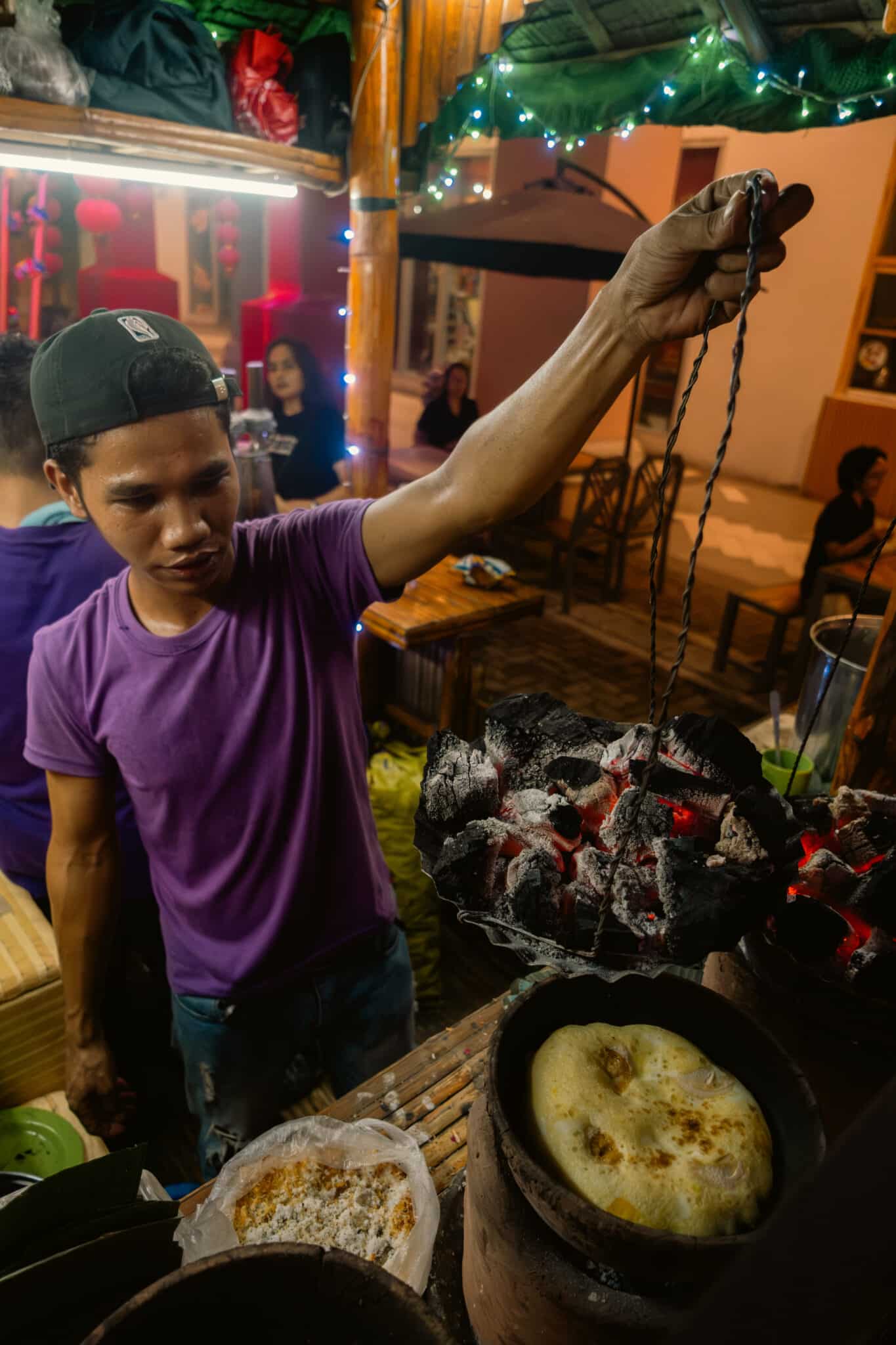
Meanwhile, in the long, narrow streets of Cabildo and Beaterio situated one of the most beautiful churches in the country: Manila Cathedral.
Boasting its neo-Romanesque architecture, the church is a place of tranquility and peace.
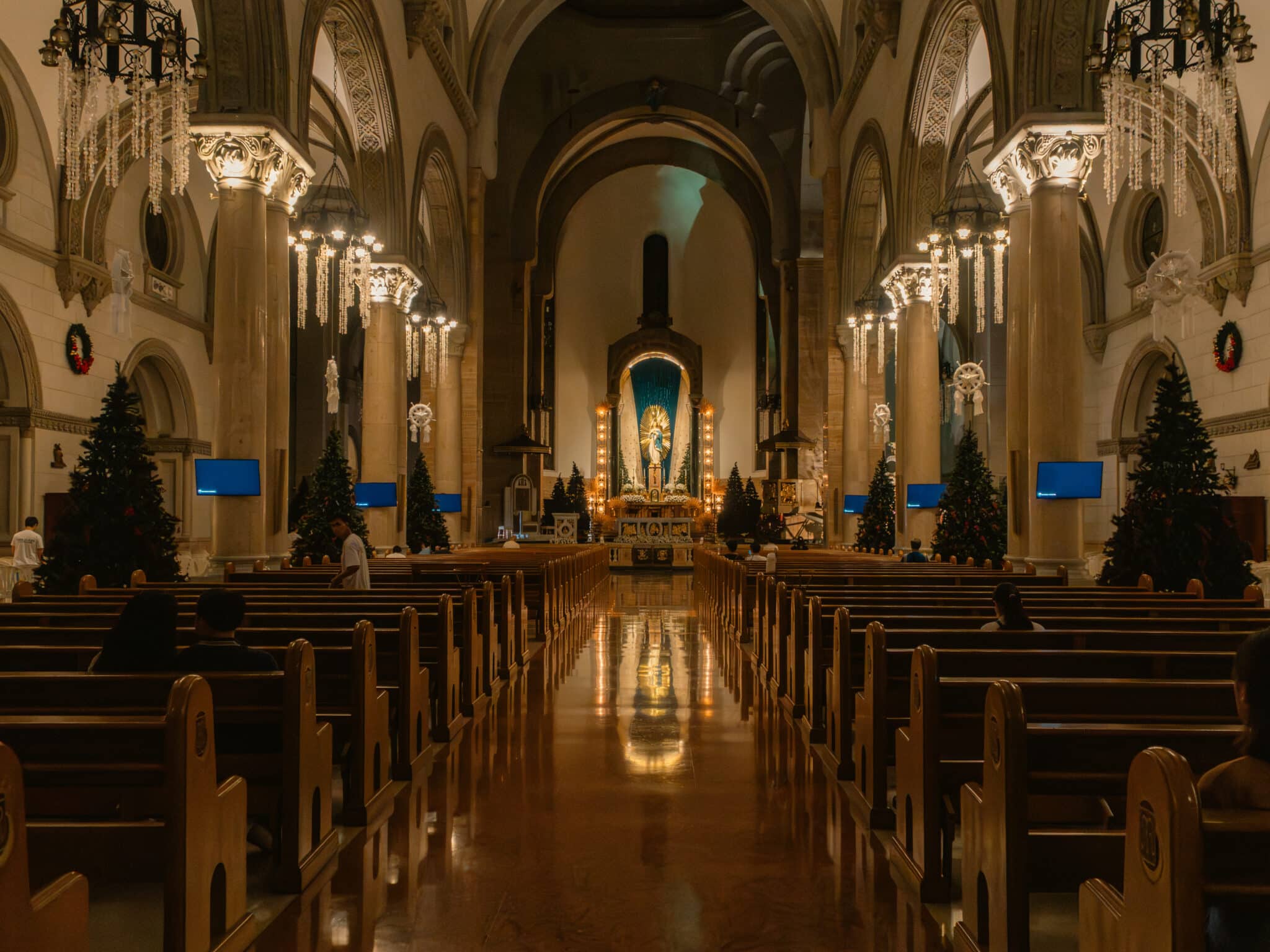
Its world-class structures have charmed many people, including the aesthetically-seeking Gen Zs.
Aside from churches, Intramuros is also a paradise of coffee shops and historical sites, including Fort Santiago and Baluarte de San Diego.
For Gen Zs like Nicole Santiago, 24, and Koji Morales, 22, the appeal of Intramuros among Gen Zs lies primarily in its historical and Instagrammable landscapes. Both emphasized the role of historical sites as a major driving force for Gen Zs to visit and promote the place.
This was also echoed by Amelita Reposo, a 23-year-old Manileña, highlighting the magical power of Intramuros to embody the rich history of Manila way back colonial era.
Meanwhile, 21-year-old Aeron Hibon, who has been a frequent visitor of the walled city, said that the reason why Intramuros is so popular to their generation is because of the stories attached to it.
Aeron cannot help but still feel in awe every time he thinks about the past stories of each street and site he walks through in Intramuros. It is the serene-nostalgic vibe that entices him to keep coming back.
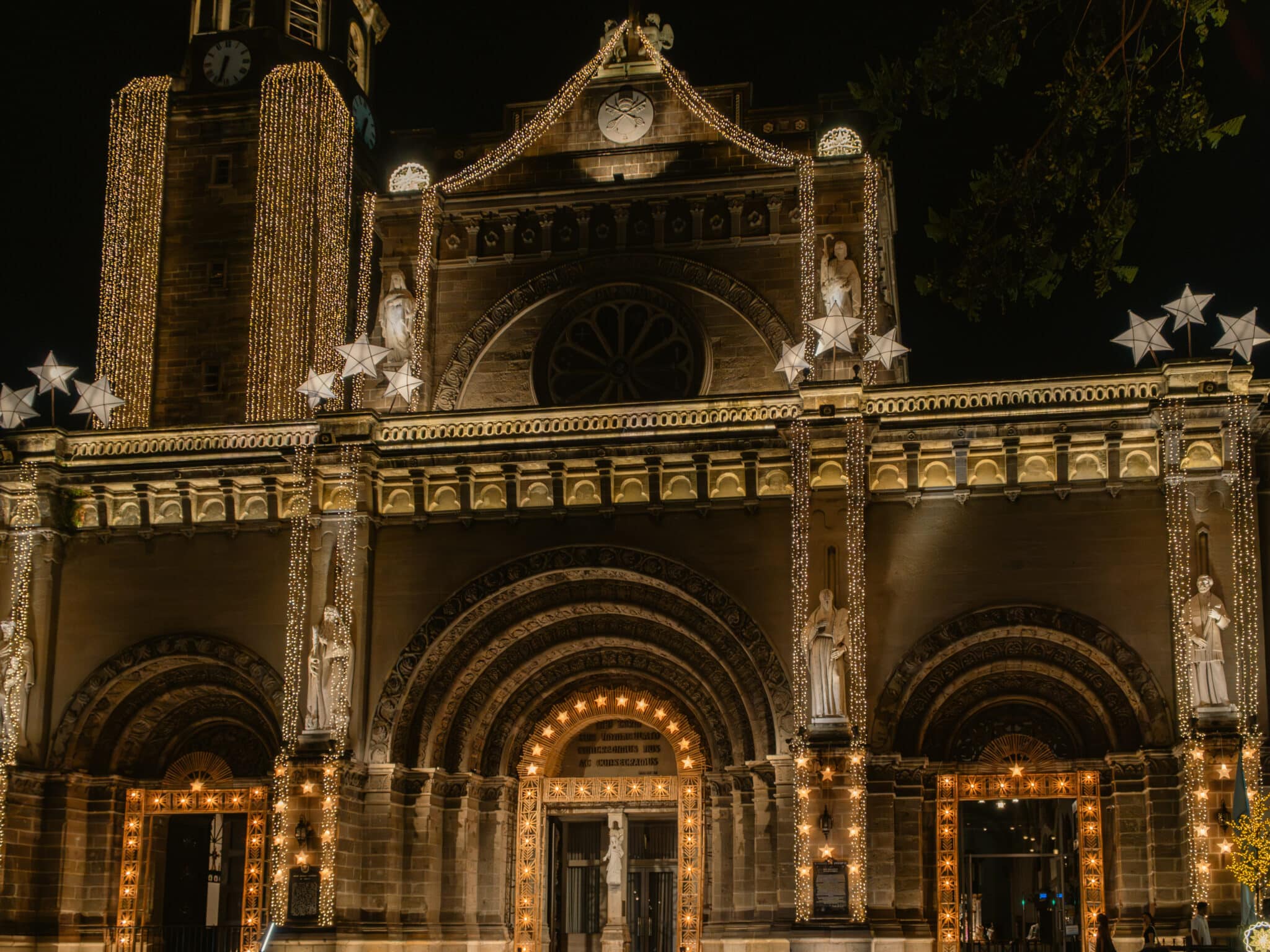
While all of them reiterated the Instagrammable aesthetics of the place, the historical significance of Intramuros, like Binondo, remains the most important factor that contributes to the ‘GenZification’ of the place.
Malate: Gen Z meets little Korea
Going to the south of Manila sleeps one of the hidden gems for the Gen Zs: a little Korea.
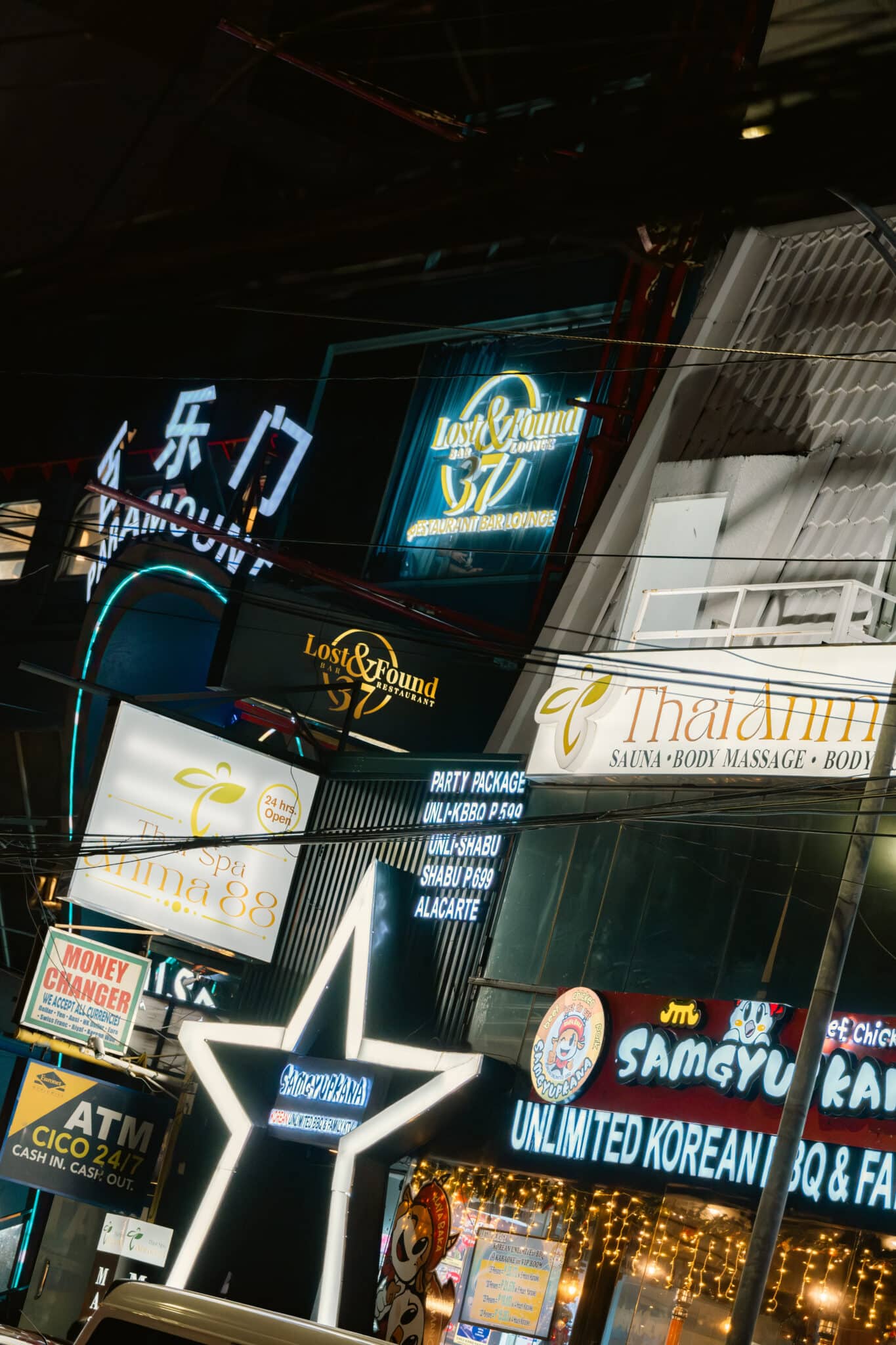
Located in the heart of Malate, the Philippines’ very own Koreatown was recently established in 2021 as a vibrant hub for Korean culture.
The inception of the place was made possible by the collaboration of the Manila City Council and the South Korean Embassy to further strengthen the Philippines-Korea relations.
Stepping on the streets of Koreatown makes one feel like they are visiting the busy streets of Itaewon or Seoul.
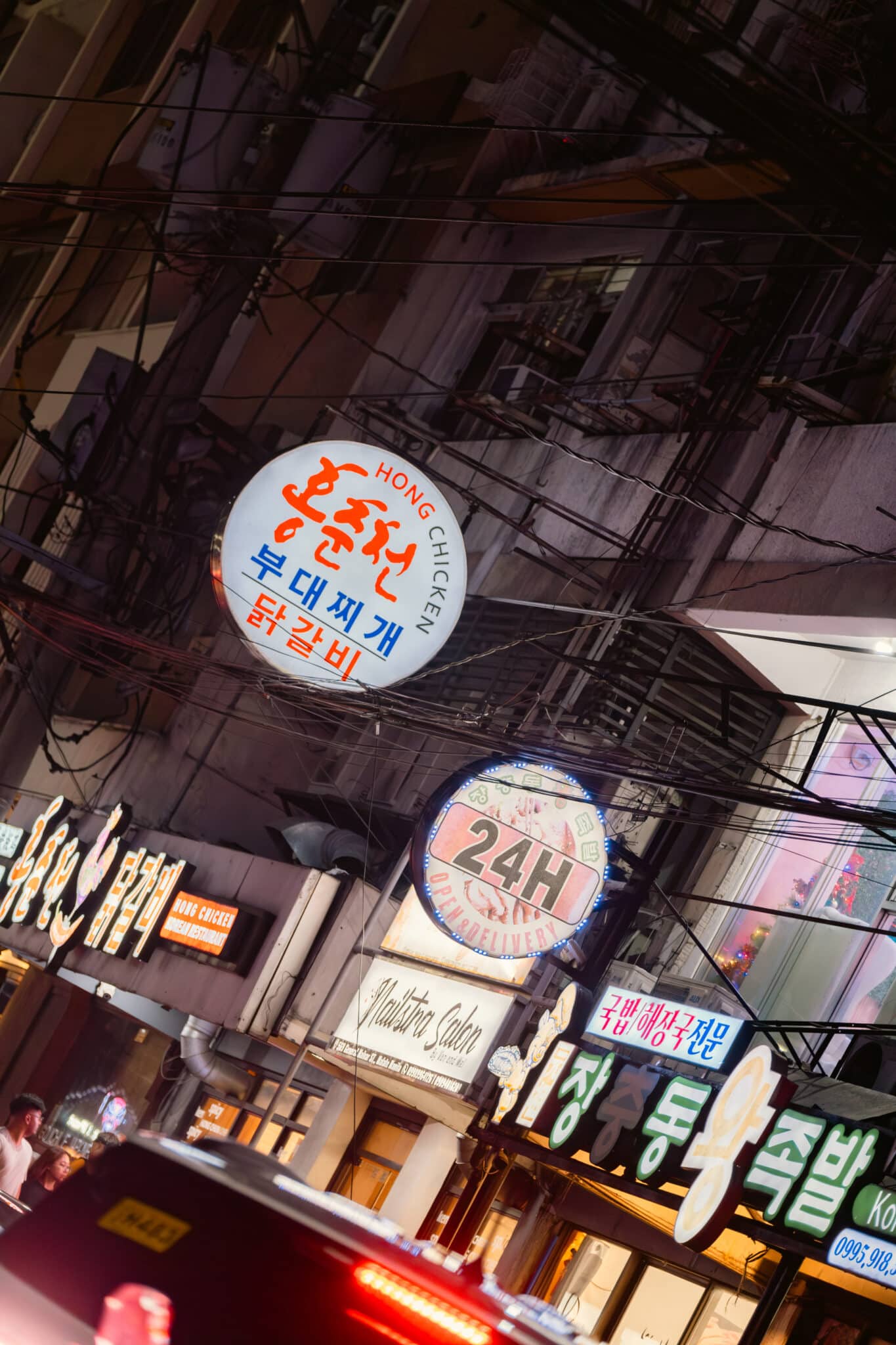
The place is packed with various Korean restaurants lining up in the narrow Remedios Street, where famous cuisines such as kimchi, samgyeopsal, shabu-shabu, spicy tofu, sweet potatoes and steamed egg are ready to be served.
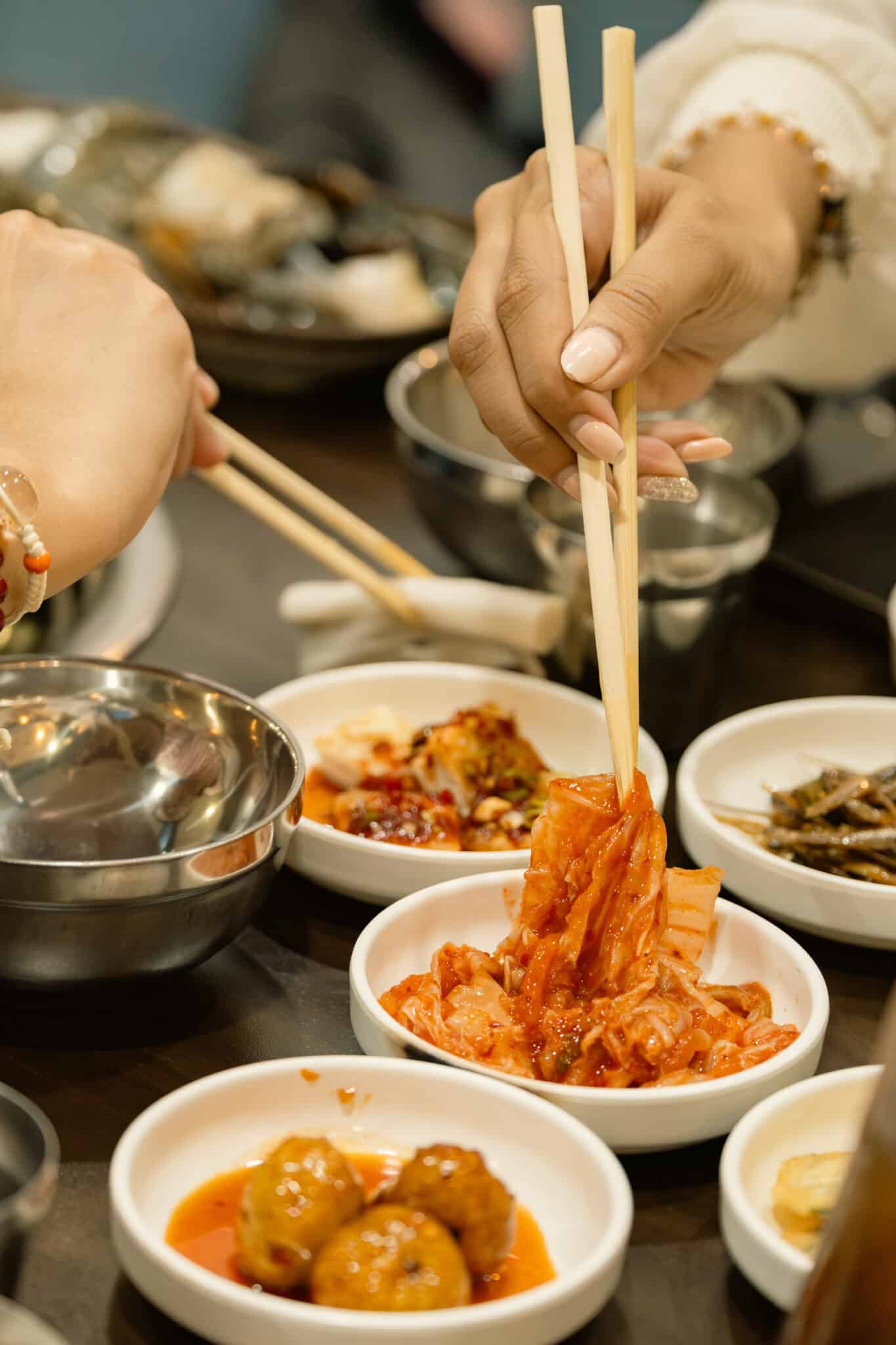
In one of the restaurants there named Bonga (본가), a variety of Korean food is served at a very affordable price. The restaurant also plays K-pop music to make the customers feel like they are indeed in South Korea.
Given the extreme popularity of Korean pop culture among Gen Zs, Manila Koreatown serves as a perfect place for these young people to achieve a ‘Korean-like experience.’

The place is active during nighttime, where students and young employees line up in every Korean restaurant to eat and chit-chat.
Manila Koreatown is the first sanctioned Korean community in the country, encompassing various activities like Korean festivals and pageants.
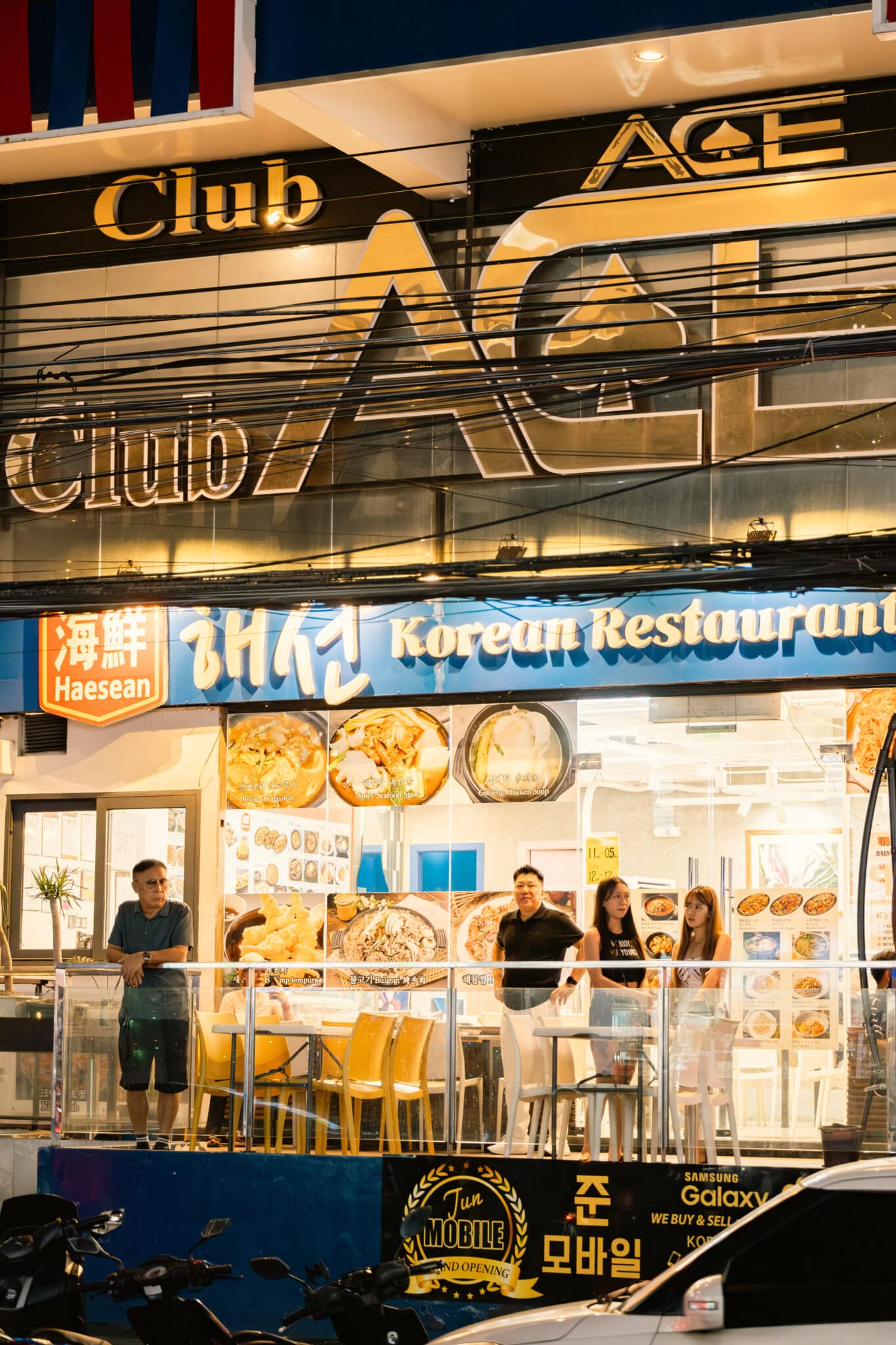
Gen Z power
The addiction to visiting and taking pictures of beautiful places to be posted online has become a noticeable norm among Gen Z people.
Whether for clout or genuine appreciation of the place, it is undeniable that Gen Zs are one of the forces in popularizing and revitalizing tourist spot attractions in the Philippines.
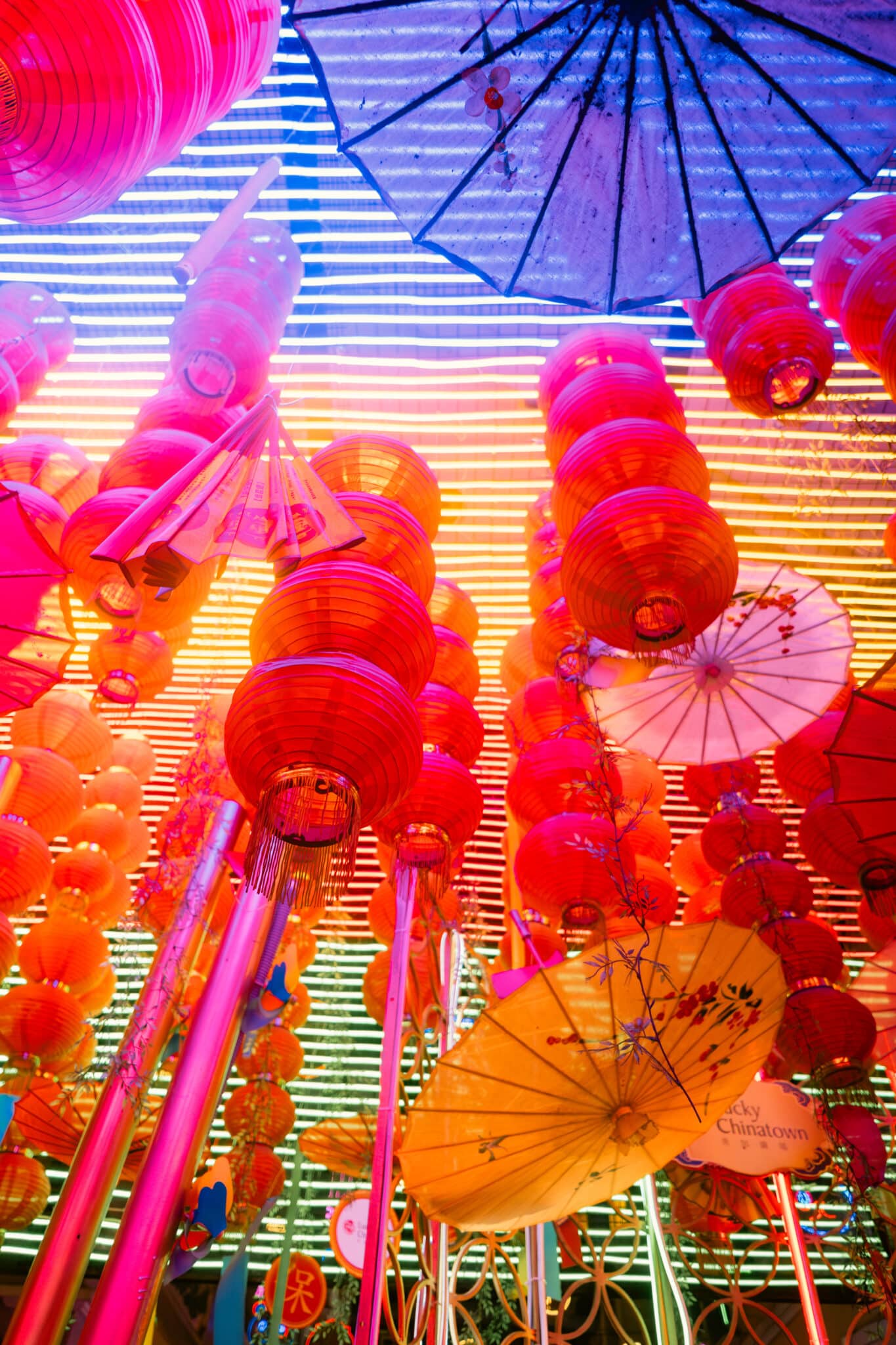
Here in the capital city of Manila, places like Binondo, Intramuros, and Malate are often populated with Gen Z visitors. No wonder why Manila may now be considered a ‘GenZified haven.’
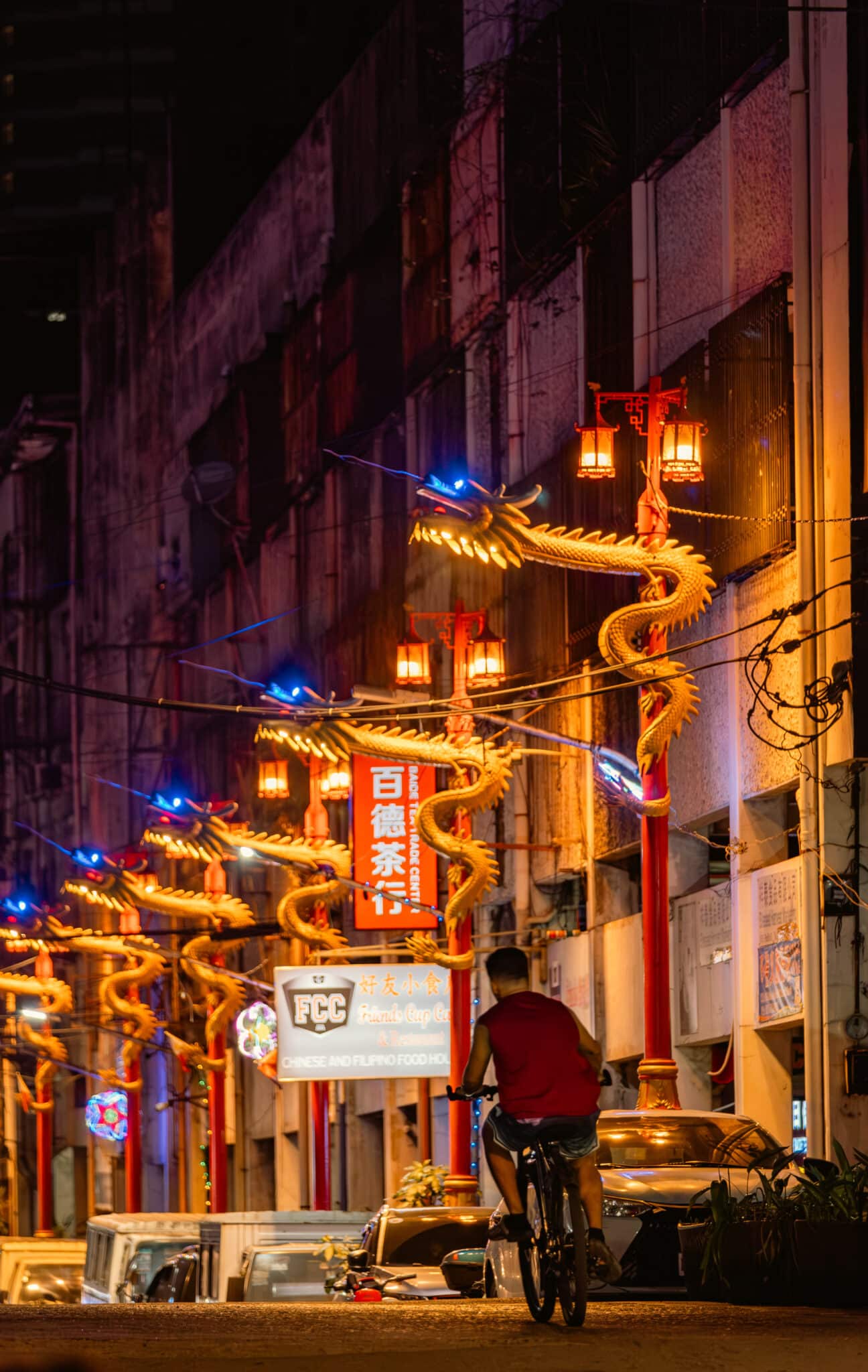
This holiday season, expect to see more Gen Zs wandering around in Manila.
Executive Producer: Danica Rae Ulanday
Graphic Artist: Jadelyn Isiderio
Videographer: John Gabriel San Luis
Photographer: Ryan Baldemor
Writer: Joshua Gerona

